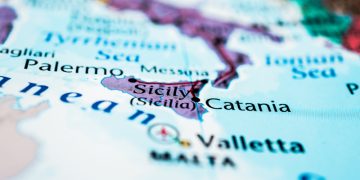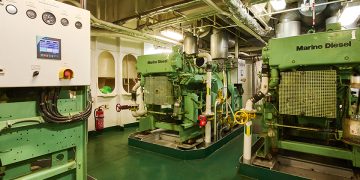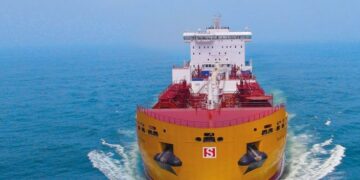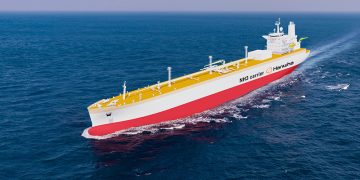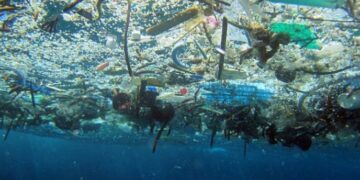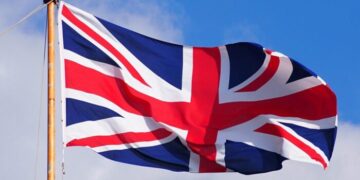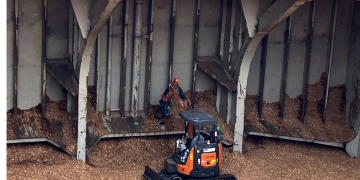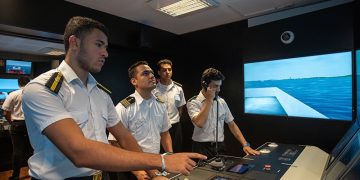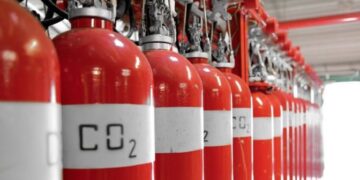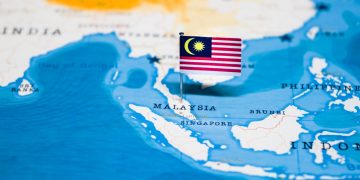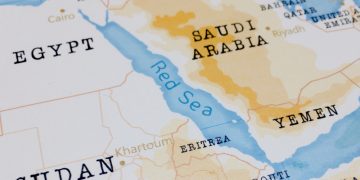Eniram announces enhanced speed optimization solution
Eniram Ltd has announced the release of Eniram Speed 3.0, an upgrade to Eniram Speed 2.0 . The new version brings additional enhancements to the existing Speed offering that aims to further reduce fuel consumption and emissions for shipowners and operators.Speed 3.0 takes into account factors such as the prevailing sea state, in computing and recommending best speed profile to consume least energy and thus save fuel. The system takes into account factors such as the prevailing weather, weather forecasts, required engine loads, as well as squat, speed restrictions and ECA areas.Speed 3.0 includes new features such as combined sea current and tidals, map assisted route setup, map assisted USB route uploading and Furuno FMD ECDIS support. Real weather forecasts are now also supported for cruise vessels.The key benefits and new features of Speed 3.0 are the optimization of route based on high-resolution weather and combined sea current and tidal data. The accurate forecast minimizes the need for adjustment and thus enhances usability and improves speed recommendations. With the map assisted route setup, officers can now visually see the route that they have uploaded on a map. Officers can interact directly with the map to quickly insert the few parameters they need ...
Read more



